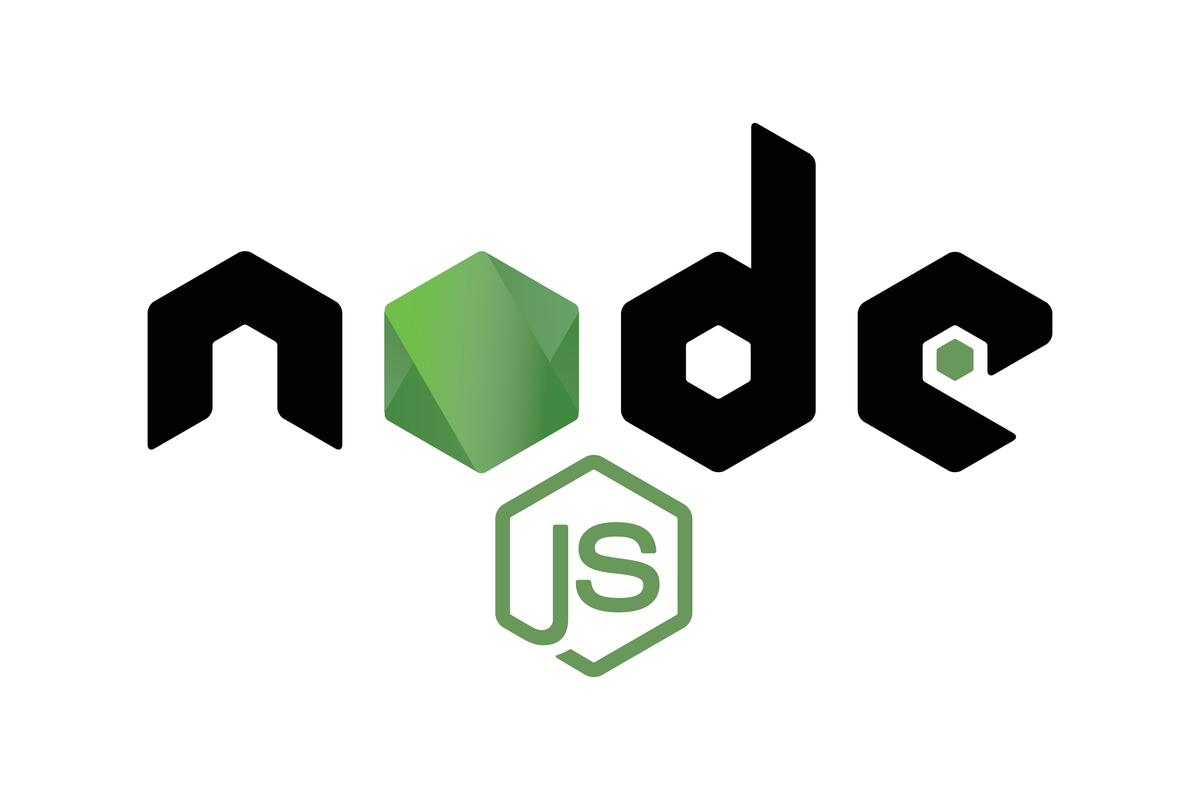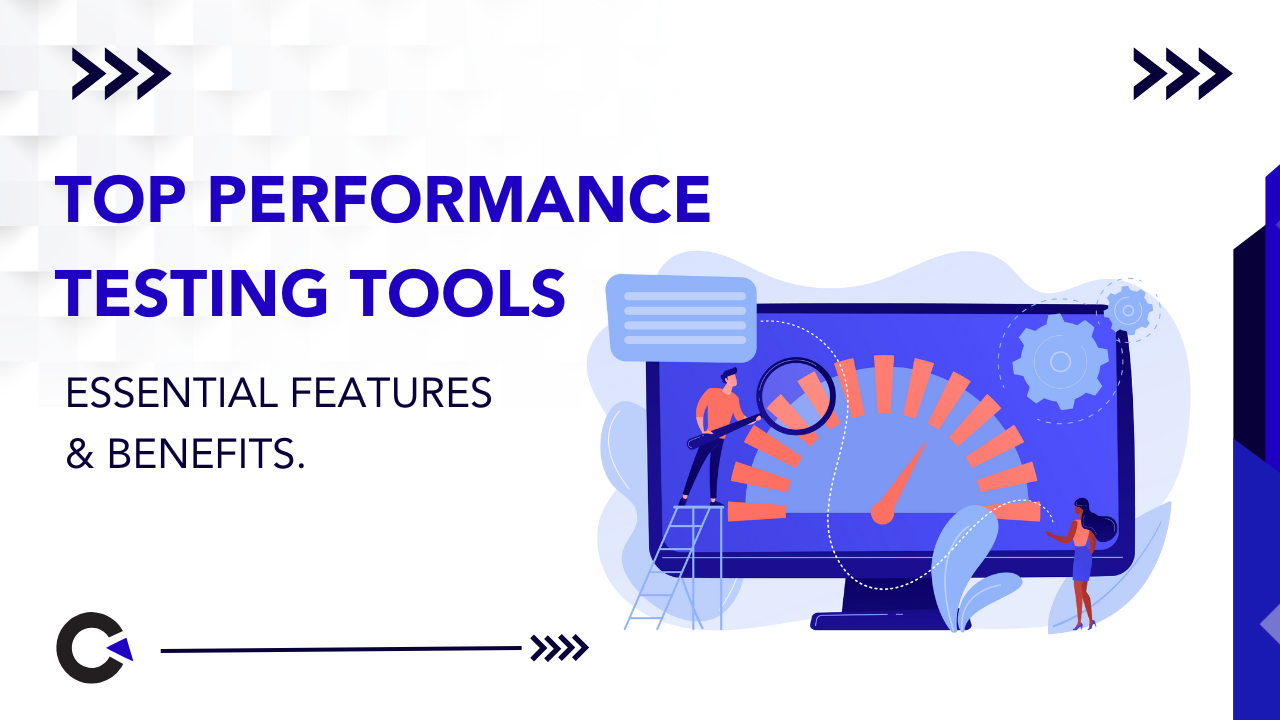
by admin | Aug 11, 2019 | Software Testing, Fixed, Blog |
Release notes are technical documents that go out with software products. An effective set of release notes is one that can engage users and inform customers with regard to the efforts made by the product development team (or testing team) to fix bugs and issues found with previous iterations. Release notes may be displayed on a public domain when a software product is still in the development or test state. For products that have already been in use by clients, release notes accompany the release of an update.
Who Is The Audience?
Each section of an audience may prefer a different tone and may have diverse tastes in the type of information they would want in the release notes. This factor should heavily influence the content of a batch of release notes.

Where Are They Being Published? The location of publishing release notes – such as inside a mobile app, in the public domain, via email, a certain blog, and others, influences the flavor of the information contained therein. Certain companies may elect to create and populate a dedicated release notes page on a website in the wider interests of their digital audiences.
When Would The Release Notes Be Published? The timing of publication is important for release notes. Depending on certain factors, Product development companies can publish these notes on a weekly, monthly, or quarterly routine. Testing professionals must ensure they plan the release at the most opportune time. Writing clear, specific release notes helps a company to elevate the level of communication with clients and customers regarding the progress registered on a product. These notes prove highly effective and useful to attract potential customers as well.
What Must Be Included? The guiding factor for release notes should be the understanding of what a company aims to communicate through them. A close watch on changes effected inside a software application or digital product should precede the compilation of release notes before publication. The best release notes are those that are grouped logically: by subject and points of improvement. Also, they should describe software fixes, improvements, and new features to arrest the attention of readers and customers. Further, the best release notes contain web-links and high-level summaries that guide readers to different headings.
Who will script them? Several personnel may write release notes for a software application. Organizations typically deploy developers, QA testers, technical writers, and product managers to script the release notes. The best QA companies understand the criticality of these with regard to customer experience and therefore, multiple release notes would be designed and published to cater to different audiences. In modern times, commercially available project management tools incorporate elements of release notes automation. This helps reduce manual interventions and result in meticulously designed, audience-specific, personalized release notes.
Categories, Titles, Dates of Release Experienced companies would include a title and a date for each batch of release notes. Titles and dates educate readers and customers on the context and immediacy, therefore helping them to engage with the content of the earlier versions of such notes. Meanwhile, categories would describe various actions such as bug fixes, new features, and improvements. Information can also be organized by category thereby enabling readers understand and assimilate the information systematically.
Tone and Formatting A software developer or QA company can introduce the tone and voice of the brand through the release notes. Expert testers recommend a uniform tone through multiple batches of release notes as part of efforts to reinforce a brand image. In terms of formatting, release notes would include headings, bullet points, and number lists, to make reading and understanding faster and easier.
In Conclusion
Release notes are an important addendum to the software development lifecycle. These notes convey a commercial message – the success of the customer is important to the sponsor organization. Release notes must remain consistent and repeatable, and when done right, they help to expand and strengthen the relationship of an organization with its client base. We are experts in the realm of software testing and our experts are proficient in the making of release notes, in addition to a huge gamut of services. Don’t take our word for it – connect with us and experience it.

by admin | Aug 11, 2019 | Automation Testing, Fixed, Blog |
Feeding test data in automated test suite is an additional effort. However, having all the dummy test data in Excel Sheet, XML, and JSON increases maintenance effort a little bit. For example: Consider you have mentioned a phone number in Excel sheet instead of creating random phone number on fly. If you take copy of the test data sheet to execute on different environment, then you are duplicating the static phone number and it will increase the test data maintenance effort. Our suggestion is Never have your random/dummy data in test data file.
In this blog article, you will learn how to use test data generation in Python using Faker package. Nowadays, Selenium automation testing using Python is gaining more popularity. Python packages which are useful for test automation ease script development.
Installation
Basic Usage
from faker import Faker
fake = Faker()
fake.name()
# 'Lucy Cechtelar'
fake.address()
# '426 Jordy Lodge
# Cartwrightshire, SC 88120-6700'
fake.text()
# 'Sint velit eveniet. Rerum atque repellat voluptatem quia rerum. Numquam excepturi
# beatae sint laudantium consequatur. Magni occaecati itaque sint et sit tempore. Nesciunt
# amet quidem. Iusto deleniti cum autem ad quia aperiam.
# A consectetur quos aliquam. In iste aliquid et aut similique suscipit. Consequatur qui
# quaerat iste minus hic expedita. Consequuntur error magni et laboriosam. Aut aspernatur
# voluptatem sit aliquam. Dolores voluptatum est.
# Aut molestias et maxime. Fugit autem facilis quos vero. Eius quibusdam possimus est.
# Ea quaerat et quisquam. Deleniti sunt quam. Adipisci consequatur id in occaecati.
# Et sint et. Ut ducimus quod nemo ab voluptatum.'

by admin | Aug 10, 2019 | Automation Testing, Fixed, Blog |
Automation in software testing represents an evolutionary step in this technical domain. Leaders of testing profess such that evolution is in process and the assertion stems from a deficit in the skills required for building automated tests that provide higher levels of value for client organizations. Therefore, an awareness of potential gaps and lacunae in test automation frameworks is necessary to ensure the perfect test automation strategy.
Expending Excess Time Maintaining Test Scripts
Heavy investments of time, effort, and energy in creating test scripts indicate sub-par practices in a UI test automation strategy. The root cause is usually improper planning and poor structuring of testing frameworks. Therefore, testing engineers working with an automation testing company can breakdown tests into smaller test cases to promote efficiency in testing services. Smaller test cases offer the benefit of easy integration of user flow changes and promote reusability of fully functional test cases in new testing scenarios.

Negligible Mobile Browser Testing
Mobile browsers generate incrementally higher volumes of Internet traffic. This fact in the digital domain should encourage testers of a test automation company to focus testing on mobile devices, systems, browsers, and services. Further, the multiplicity of portable connected devices should prompt a greater focus on testing different brands of mobile browsers such as Google Chrome, Apple Safari, and Firefox. This would enable testers to partner with clients in building their businesses while ensuring quality control for mobile applications. Additionally, professional testing offered by a test automation company helps identify issues before potential customers face a ruined mobile experience.
Lack of Options in Test Environments
A test environment simulates a production environment (or a real environment) thereby enabling testers to plan and execute testing activities with conditions and factors of the real environment. The intent is to evaluate the working of a software product in the real world. Different test environments render computer code in different ways and therefore an ideal UI test automation strategy must include a maximum number of test environments. These may replicate the working of different devices and browsers, enabling test engineers to unearth bugs and remediate these before the software product reaches the market to customers.
Ignoring Parallel Testing
Parallel testing techniques are necessary when a company seeks to widen test coverage inside constrained timelines. This testing technique implies testing multiple applications or sub-components of an application concurrently to reduce testing times. Parallel tests typically consist of two or more parts that check different parts or functional characteristics of an application. Further, parallel testing allows testers to significantly reduce the hours it would normally take to run one test after another. By testing multiple configurations simultaneously, testers can condense 30 hours of testing to 10 hours, on three different machines. Parallel testing therefore helps reduce the time spent on running tests, resulting in significant cost and time savings.
In Conclusion
Addressing these gaps can drive higher levels of efficiency in a modern UI test automation strategy. It is critical for test engineers to improve their performance on the job and deliver client satisfaction at a higher level, to remain relevant in a highly competitive market. It is best to work with experts and highly experienced testers to get the maximum ROI – connect with us for all this and more.

by admin | Aug 10, 2019 | Selenium Testing, Fixed, Blog |
We know that there are multiple Selenium Client bindings available to automate web applicationsusing different programming languages and the client binding list is already available in SeleniumHQ website. In this blog article, we have listed the third party Selenium client bindings which are not known to many.
CrystalSelenium Webdriver bindings for the Crystal programming language.
GoThe most complete, best-tested WebDriver client for Go
C++A C++ client library for Selenium Webdriver. BEWARE! This code has never been in production, uses very old dialect of C++ and is not maintained. It could be, theoretically, used as a starting point for a new development, but definitely not as a production-ready library.
RustA Rust Client for the Selenium webdriver (WIP)
JuliaThis is a wrapper around Selenium WebDriver’s python bindings. It can be used to write web-browser interaction tests in Julia.
Common LispAsh is a Selenium client for Common Lisp. It was written against the Selenium 2.x JSON wire protocol.

by admin | Aug 8, 2019 | Performance Testing, Fixed, Blog |
Businesses and enterprises rely heavily on digital applications for critical functions and hence it is important to validate whether applications can withstand realistic workload scenarios. Application load testing helps test engineers determine the behavior of a system under normal (and anticipated) peak load conditions. Such exercises help to identify the maximum operating capacity of an application and detect any bottlenecks. In essence, load testing ensures a given function, program, or system can handle the assignments it is designed to execute.

Beyond Functional Testing
The functional testing of an application, while important, in no way degrades the centrality of application load testing – a performance testing company undertakes such testing to measure the performance of an application over time. Commercially available load testing tools help ensure applications can withstand normal amounts of user traffic and can navigate spikes and unusual conditions. Further, application load testing helps validate the fundamental features of a software product – measure the speed, accuracy, and stability of the software, identify discrepancies, resolve issues, and improve optimization and load capability.
Components of Load Testing
Commercial providers of load testing services can gather requirements, map relevant user journeys, establish a baseline, and automate and integrate the various units of a software product as part of application load testing activities. Such actions help providers of load testing services to gain a deeper understanding of the end-user experience, identify how users interact with an application, use monitoring data from any APM tools, run tests to establish a solid baseline for further testing, and prioritize load testing as a part of CI/CD processes, while integrating with automation tools already in use.
Cloud: Insurance for Performance
When load testing services adopt a firm stance on performance using cloud-based testing services would make the task more efficient. This choice of action reduces the costs of failure in application load testing campaigns. It helps to minimize risk related to performance requirements, increase customer satisfaction, detect performance bottlenecks, and improve the scalability of an application. Further, it boosts the deployment quality of any tested application, optimizes costs related to hardware and software, reduces the risks and costs associated with downtime, and provides tangible statistics to developers. Additionally, commercial cloud-based load testing services help start-ups to build a better and more scalable application.
Measure and Repeat
Measuring the performance of an application is an important aspect of performance testing. Measurements allow testing engineers to derive an understanding of choke points and bottlenecks within a software application. The use of application and server performance monitoring services empowers measurement activities and enables load testing campaigns to attain fruition. Additionally, measuring the internal working of an application and comparing these with load testing results helps implement tweaks to a modern software application. Finally, software testers need to repeat testing processes and refine them for better outcomes. It is important to continue writing tests, undertake functional and load tests, and execute measurements. These actions allow them to identify issues, make improvements, and release new iterations of an application – leading to a better, stronger and more scalable service for end-users.
In Conclusion
Load testing remains critical whether an application is a mobile, web or client/server design. Therefore, a performance testing company should plan for dedicated resources, who would be experts in development, execution, and keeping load testing up-to-date in line with customer standards and requirements. Customers have several choices in the market, and their expectation of a high quality application should guide performance testing companies in executing their services. Load testing ensures that the application delivers even under heavy user loads, traffic spikes, failover switches, and situations fraught with network speed variables. To work with the very best performance testing company – connect with our experts.

by admin | Jul 4, 2019 | Automation Testing, Fixed, Blog |
The prime motive of the continuous integration and continuous delivery (CI/CD) paradigm is to enable software development teams to release a constant stream of software updates into production. This approach seeks to speed up the software release cycles, lower the costs of development and testing, and reduce the risks that ‘afflict’ modern software development systems and processes. The said paradigm also aims to spur the software release process by empowering teams to find and fix glitches in software early in the development cycle; an effective implementation of the CI/CD paradigm also encourages stronger collaboration between developers and testers, making it a crucial practice for Agile teams.
Time Efficiency
The deployment of test automation and QA automation in the CI/CD pipeline essentially accelerates the build-and-deploy cycle in favor of software developers and testers. Experts in this realm affirm that automation testing, checks codes and executes tests on a continuous basis on a corpus of modern software. This approach offers the clear benefit of providing feedback within minutes, thereby allowing agile developers to effect corrections in computer code. Bearing this in mind, testing veterans advocate the widespread use of automation in unit tests, system tests, and environment provisioning.
Faster Integrations
The modern software testing company should encourage QA automation keeping in mind the business requirements of clients and customers. Therefore, such organizations should undertake to test computer code on a regular and sustained basis to promote faster integrations between computer code and corrections instituted by automated testing mechanisms. This clearly marks a radical departure from traditional test paradigms wherein wait periods extended from days to weeks, thereby elongating development cycles much to the detriment of customer interests.
Managing Test Environments
Ideally, test automation should first be applied to software testing environments that mimic the production environment desired by the client. The modern QA company must appreciate the fact that digital technology changes at a fast pace; therefore, an automated management of the test environment will translate into faster upgrades inside new operating systems, browser versions, and system performance. The ensuing client delight can work in favor of a software testing company by contributing to the commercial bottom line. These actions reinforce the idea that the scope for automation testing should be expansive in the interests of over-delivering on client expectations.
Fewer Tear Downs
QA automation in the CI/CD pipeline works by eliminating the scope for errors in software applications and packages. Fewer errors result in this approach, thereby nullifying scenarios wherein software development teams and test professionals are forced to tear down an environment only to begin anew. The benefits of automation also include better management of test environments, thereby placing testing professionals in an optimal position to defeat unforeseen events that may impact the client experience. The reduced scope of uncertainty reinforces the business case for deploying automated testing in the CI/CD pipeline.
Boost for Shift Left Testing
Shift Left testing promotes the practice of detecting (or unearthing) glitches in software in the requirements gathering phase of the software development life cycle. Automation testing complements such efforts in the CI/CD pipeline. This early discovery of bugs has a significant impact, since the action helps to reduce the costs and resource bandwidth that would otherwise address late discovery (and the subsequent remediation) of software glitches. Therefore, every QA company should systematically undertake Shift Left testing practices in alliance with the core concepts that underlie test automation.
The seamless integration of QA automation into CI/CD pipelines allows software development teams to reap the full benefit of the DevOps paradigm. This culture connotes heightened collaboration between software development and operations teams in the mission to deploy flawless computer code. Further, test automation ensures that quality assurance activities remain continuous, reliable, and agile, in tune with other sections of the DevOps paradigm. We may state that automation testing strengthens the promise of competent testing resulting in quality computer code in short bursts of code development.
Smoother Software Delivery
A QA company that endorses the use of automated testing is positioned better to release software updates than its commercial competitors. Automated testing promotes the consistent and speedy efforts of testing professionals that participate in the CI/CD pipeline. In addition, QA automation cuts delays in production cycles and the implementation of updates inside such cycles. These facts translate into definitive gains for the QA Company in terms of guaranteeing client satisfaction and streamlining the various processes that underlie software delivery systems.
Faster CI/CD Pipeline
Automation testing is uniquely positioned to drive the CI/CD pipeline owing to the sheer speed of executing code testing operations. Modern QA automation runs in diverse spheres that includes unit testing, component integration testing, user interface testing, middleware testing, functional software testing, and regression testing. This thorough approach to software testing empowers a software testing company to offer secure, value-added services that ensure client delight by driving an exact adherence to client specifications. The alternative is manual testing which, according to experts, falls woefully short of the robust demands imposed by said pipeline.
In Conclusion
It is significantly simpler to understand, analyze, and appreciate the innate value proposition that resides in automation testing processes when these are applied to the CI/CD pipeline. In time, software testing professionals may work to expand the scope of such automation to accelerate newer paradigms designed to spur software development processes. As frontrunners in the realm of automation testing in the CI/CD pipeline, we offer more value to our clients. Connect with us to see the difference!






























